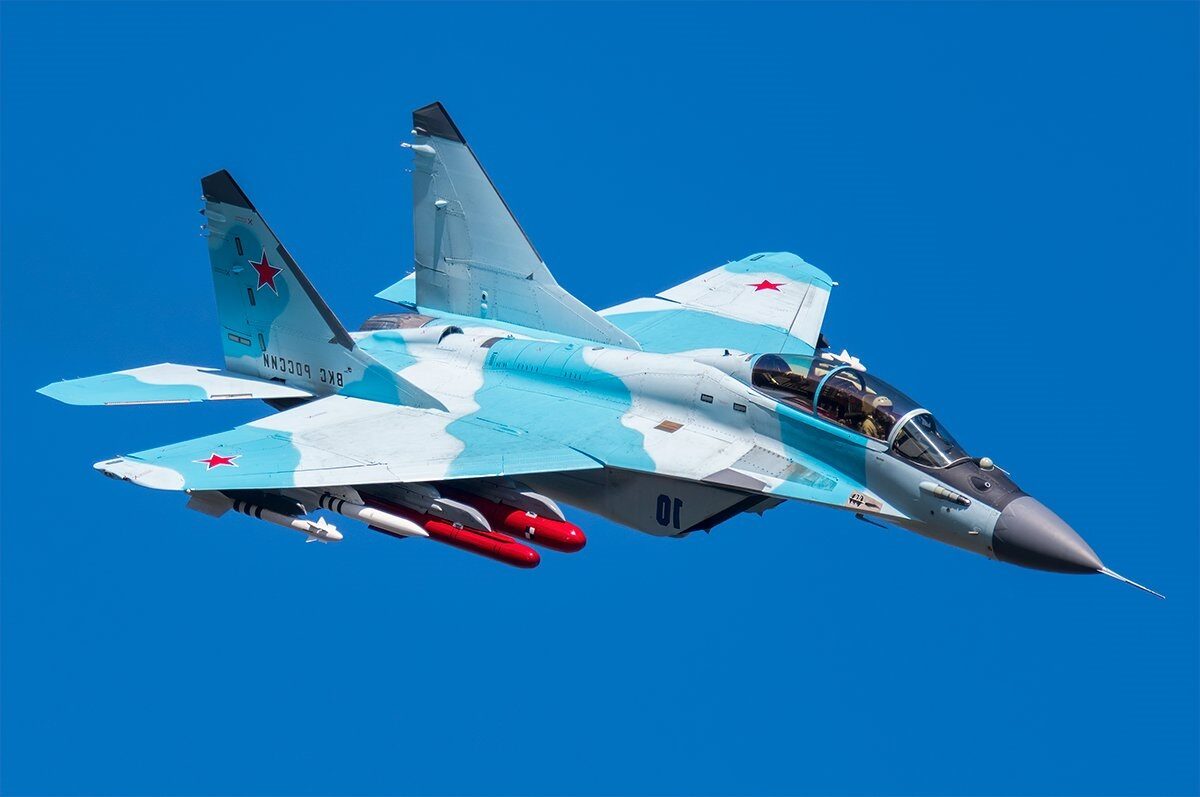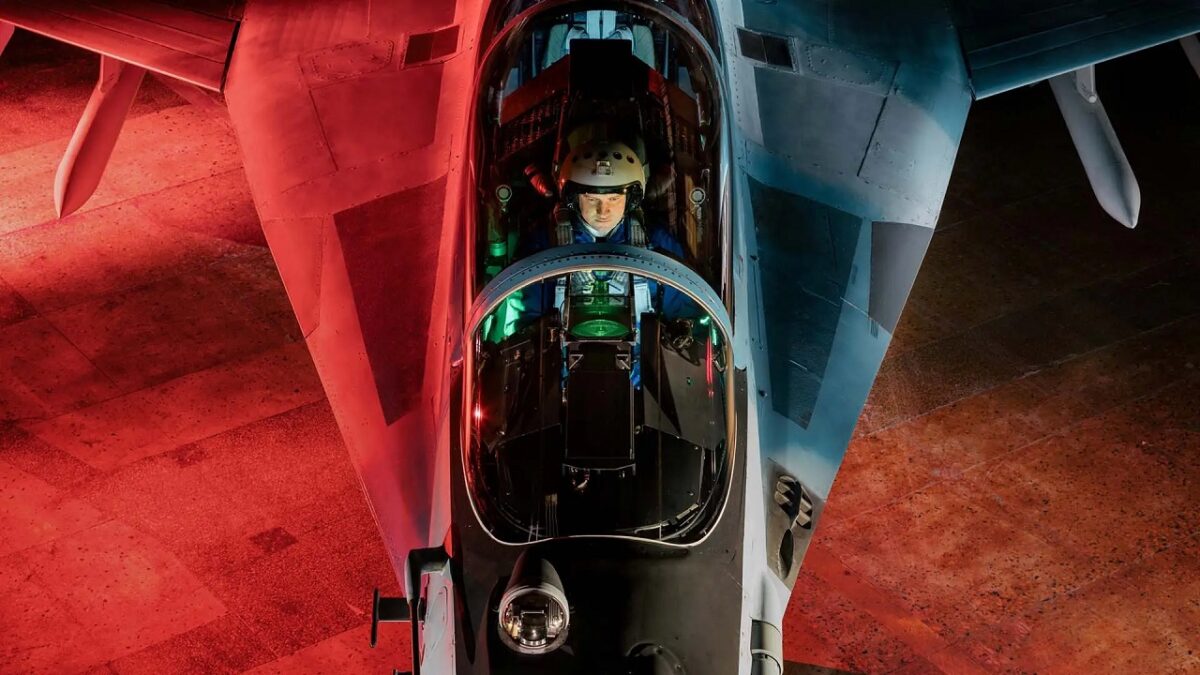Did Russia swing and miss with its MiG-35 fighter? It seems like the program never delivered its potential. The MiG-35 Fulcrum is a fourth-generation “plus plus” fighter. So, it is one of the most modern airplanes in the Russian fleet. But only six prototypes and eight serially produced jets have been built. Too bad for Moscow because the MiG-35 can track 30 targets and attack six at once with its new radar system. It was supposed to be a hit on the export market, but foreign markets never materialized.

MiG-35 fighter. Image Credit: Russian Government.
Slow Process of Development and Few Orders
The MiG-35 was built upon the MiG-29K/KUB and MiG-29M/M2. The MiG-35 first flew in 2016 after numerous delays. The Mikoyan Design Bureau planned for the Russian Ministry of Defense to order large batches of the airplane. The first prototype was displayed at an air show in 2005. In 2013, the defense ministry announced it would only buy 37 MiG-35s. So, it’s been a struggle for the MiG-35.
Some Aspects Are Positive
The idea was to allow the medium-weight, multi-role MiG-35 to have the “brain power” for integrating seamlessly with other airplanes in the Russian fleet. This is what fifth generation fighters are capable of. The Active Electronically Scanned Array radar is something to brag about as it offers advantages in fire control and lethality. This sensor system can track targets from 30 miles away – a longer range than earlier radars.
The Engines Give It Performance Value
The airplane has two Klimov RD-33MK turbofan engines with afterburners. They allow a maximum speed of Mach 2.25, with a range of 620 miles. The engines enable 65,000 feet per minute rate of climb with an ability for the airframe to withstand 9 positive Gs or 3 negative Gs.
It Should Be Combat Capable
The MiG-35’s nine hardpoints can carry 15,400 pounds of ordnance. This includes a robust suite of missiles, rockets, and bombs including anti-ship missiles with active radar seekers, anti-radar missiles, and infrared TV-guided bombs. The airplane is also armed with a 30mm cannon. Attack mode can occur in day or night and in all-weather. MiG-35s can target tanks and ships, which would have made it handy for strike missions over Ukraine. Plus, one of the hardpoints can carry an electronic warfare pod for countermeasures to spoof enemy air defenses.
Some Observers Give It an “A” for Maneuverability
A few reviews have been positive for the MiG-35. Air Force Technology said the fighter, “Presents super-maneuverability, a capability to fly at supercritical angles of attack at increased level of sustained and available g-loads and high turn-angle rate, which requires a greater thrust-to-weight ratio and improved wing aerodynamic efficiency.”
Good Luck Selling it to Foreign Air Forces
The export market has been frustrating. Egypt showed interest but ended up choosing the MiG-29M. India was another option, but its air force was scared off when the MiG-35 displayed issues with avionics and thrust. The international sales effort has been made more difficult by MiG-35’s competition from F-16s, F/A-18s, the Eurofighter Typhoon, and the JAS 39 Gripen.

MiG-35. Image Credit: RAC MiG.
Just What Is Going On With This Program?
It doesn’t look like the Russian air force will take delivery of the 37 airplanes any time soon. You sometimes have to ask what’s wrong with the Russian military industrial base. There is just no sense of urgency to produce this airplane and sell it. The Kremlin doesn’t appear to take Mikoyan to ttask. There are no consequences for failure. When an American defense system fails, manufacturers are grilled in the press and hauled in front of hostile committee hearings in Congress. Generals and admirals are blamed, and programs get cancelled.
Russia has more and more of these “zombie” defense programs, and it keeps the military from fielding the best weapons systems – something that is dogging the country as it fights a soul-crushing war in Ukraine.
Source: 19fortyfive.com








